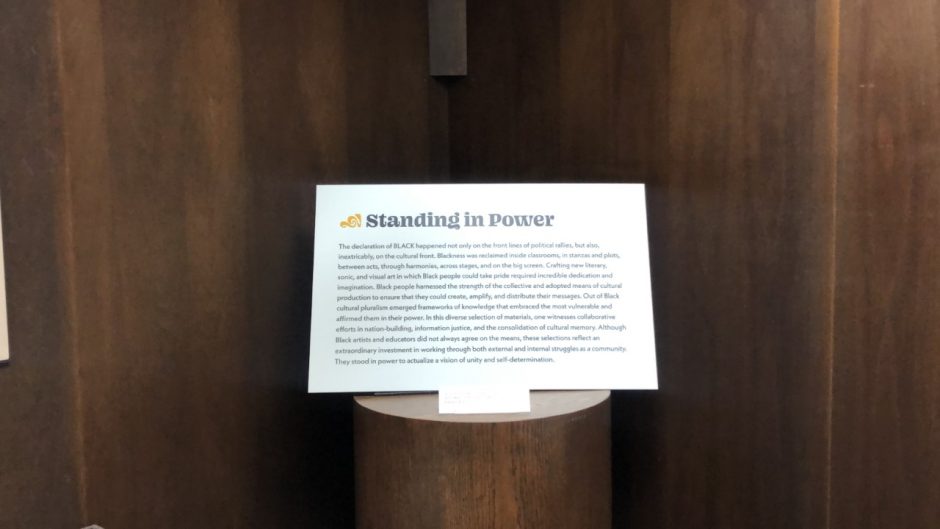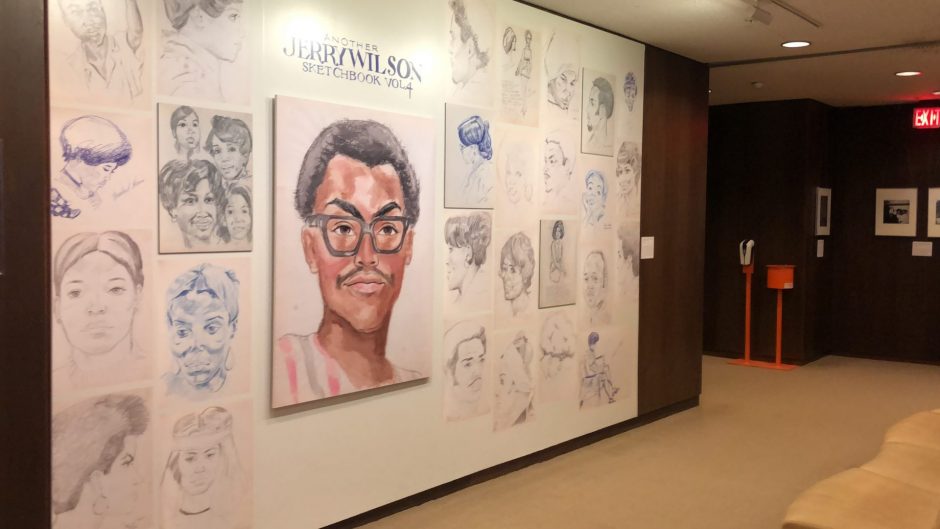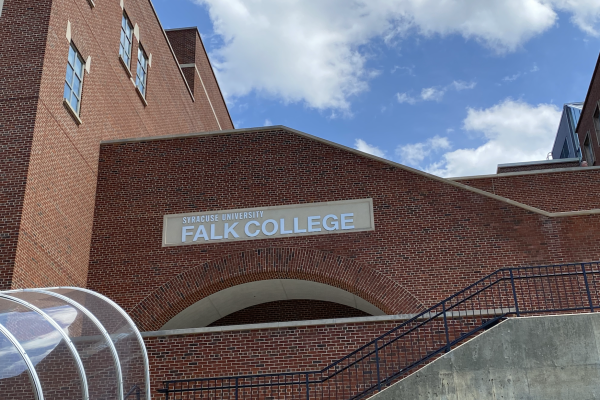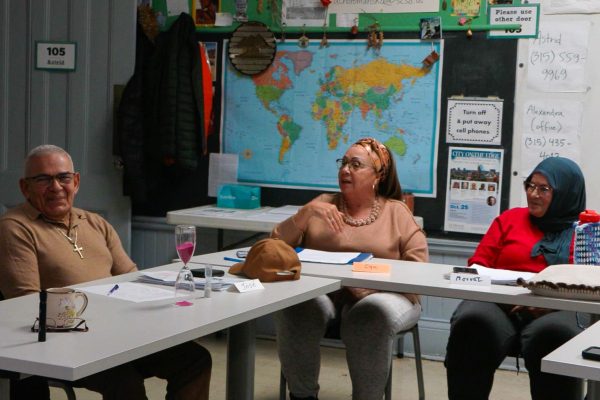
As a Ph.D. candidate in 20th-century African American history with a focus on oral history and archival studies, Jessica Terry-Elliott spends a lot of time in Syracuse University’s Special Collections Research Center (SCRC). So when the lead curator of SCRC approached her with a curatorial opportunity that she had no previous experience in, Elliott took a chance.
“…Sometimes you just have to leap, and this is the result of me taking that jump,” Terry-Elliott said.
On Jan. 19, SCRC opened the “A Love Supreme: Black Cultural Expression and Political Activism of the 1960s and 1970s” exhibition in SU’s Bird Library. The exhibition, spread across the sixth floor of Bird Library, will be open to the public until July 14.
In addition, with help from the SCRC staff, Terry-Elliott, in partnership with Caroline Charles, SCRC curatorial assistant and Ph.D. candidate in English, worked to create the exhibition.
“Jessica and I really embraced collaboration in this process,” Charles said. “Having someone who is always encouraging has been a very rewarding experience overall.”
Lead Curator and Curator of Plastics and Historical Artifacts, Courtney Hicks, hopes visitors of the exhibit are able to experience and embrace everything in the exhibition fully.
“My wish is that viewers will fully step into the power and message of this exhibition and embrace all it holds,” Hicks said. “This exhibition teaches, shares, and gathers visitors in solidarity to honor, discover, and learn from Black voices.”
A Love Supreme: Black Cultural Expression and Political Activism of the 1960s and 1970s
“Love Supreme” is named after John Coltrane’s mantra from his jazz suite of the same name. Terry-Elliott and Charles saw the name fitting due to the many themes of love and community seen throughout the exhibition.
“We made this decision and commitment to understand community within the lens of love. Finding the transcripts of John Coltrane, that was an easy one of how to name this exhibition,” Terry-Elliott said. “It has gone through many iterations, and when we finally landed on A Love Supreme: Black Cultural Expression and Political Activism of the 1960s and 1970s, while it may be a lot to say, it is effortless.”

The exhibition includes multiple themes throughout the sections. The main gallery is titled “Standing in Power,” with archives dedicated to what it means to embrace Black culture through education, children and artists. The exhibition ends with the “Absent of the Abstract” case, which puts together multimedia archives of political activism.
“That case is dedicated to what it means to say that freedom is not an abstract thing. It was something that Black people were very clearly outlining and articulating and fighting for during that period,” Charles said.

The Black Arts Movement
The exhibition uses a variety of archives to reimagine the Black Power movement and the Black Arts Movement.
“This specific period in time is one of the most interesting periods in time, Terry-Elliott said. “The 1960s-1970s represents a second reconstruction in this country not only for Black people but for all Americans.”
Playwright Larry Neal coined the Black Arts Movement as a symbiotic relationship between culture and politics. It was seen as a time when Black Americans were reimagining their power and using art to speak to ideas about liberation.
“Black people were not asking; they were demanding, crafting, and recreating and reimagining their own power. And at the same time, Black art was doing the same thing because this was the opportunity for them to say this isn’t just art for art’s sake. There is no such thing as art for art’s sake,” Terry-Elliott said.




